I'd like to create a group variables based upon how similar a selection of names is. I have started by using the stringdist package to generate a measure of distance. But I'm not sure how to use that output information to generate a group by variable. I've looked at hclust but it seems like to use clustering functions you need to know how many groups you want in the end, and I do not know that. The code I start with is below:
name_list <- c("Mary", "Mery", "Mary", "Joe", "Jo", "Joey", "Bob", "Beb", "Paul")
name_dist <- stringdistmatrix(name_list)
name_dist
name_dist2 <- stringdistmatrix(name_list, method="soundex")
name_dist2
I would like to see a dataframe with two columns that look like
name = c("Mary", "Mery", "Mary", "Joe", "Jo", "Joey", "Bob", "Beb", "Paul")
name_group = c(1, 1, 1, 2, 2, 2, 3, 3, 4)
The groups might be slightly different depending obviously on what distance measure I use (I've suggested two above) but I would probably choose one or the other to run.
Basically, how do I get from the distance matrix to a group variable without knowing the number of clusters I'd like?

